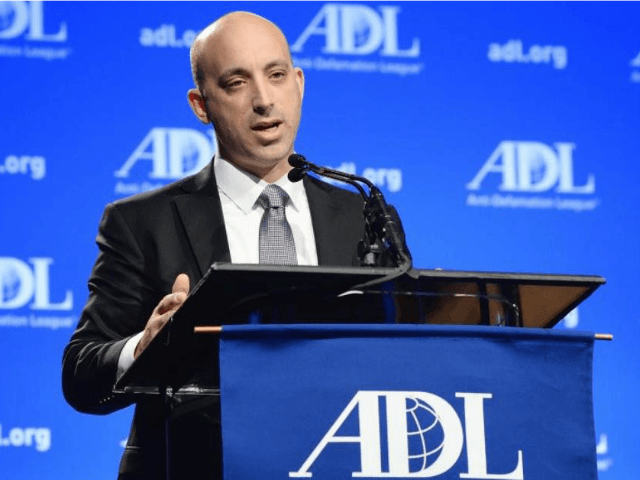The Anti-Defamation League (ADL) reported Tuesday that the number of physical assaults against Jews doubled in 2018, to 39 — though overall antisemitic incidents actually declined by 5%.
The headline number is what most media organizations are focusing on — and understandably so, in the wake of the attack on the Chabad synagogue in Poway, California, on Saturday, which came six months to the day after the murder of 11 worshippers at the Tree of Life Synagogue in Pittsburgh, Pennsylvania, the single worst act of violence against Jews in the history of the United States.
Still, the contradictory statistics draw attention to the problem of quantifying antisemitism in the U.S.
For the past two years, the ADL focused on the rising number of antisemitic “incidents,” even though physical attacks against Jews had fallen dramatically (and even though some of those “incidents” were hoaxes, like the spate of phony bomb threats against Jewish community centers, most of which were made by a troubled Jewish-American teen living in Israel). Now that antisemitic “incidents” have declined, the ADL has switched, emphasizing the rise physical attacks instead.
Neither is good news — it would be best if both attacks and “incidents” were falling — though it is curious that the ADL has suddenly shifted focus.
One explanation is simply that the ADL is behaving as any advocacy group does. It exists to solve a problem — namely, antisemitism, among other forms of bigotry — and therefore it has an institutional interest in promoting the idea that the problem is growing.
But another explanation is politics. The ADL is a left-leaning group run by a former Obama administration official, and it has pushed the idea that the election of President Donald Trump in 2016 was somehow linked to a rise in antisemitism.
Recently, for example, the ADL proclaimed that every “extremist-related killing” in 2018 had been connected to a right-wing group, even though a closer look at its own statistics showed there was a 39% drop in “extremist-related killings” during the first two years of the Trump administration when compared with the last two years of the Obama administration. In addition, the proportion of those “extremist-related killings” that were actually motivated by political ideology also fell in 2018.
It is undeniable that there has been a sharp rise in violence against Jews in the U.S, as Chabad noted on Saturday. But it is also true that the U.S. remains one of the safest countries in the world to be Jewish.
And it remains true that some people are keen to find a way to blame President Trump for antisemitism, regardless of the fact that the killers have expressed their hatred of him for supporting Israel and the Jewish community; regardless of whether the problem is becoming worse or better; and regardless of what he does to address it.
As always, it is crucial to look out for political spin in the reporting of emotive statistics.
Joel B. Pollak is Senior Editor-at-Large at Breitbart News. He is a winner of the 2018 Robert Novak Journalism Alumni Fellowship. He is also the co-author of How Trump Won: The Inside Story of a Revolution, which is available from Regnery. Follow him on Twitter at @joelpollak.

COMMENTS
Please let us know if you're having issues with commenting.